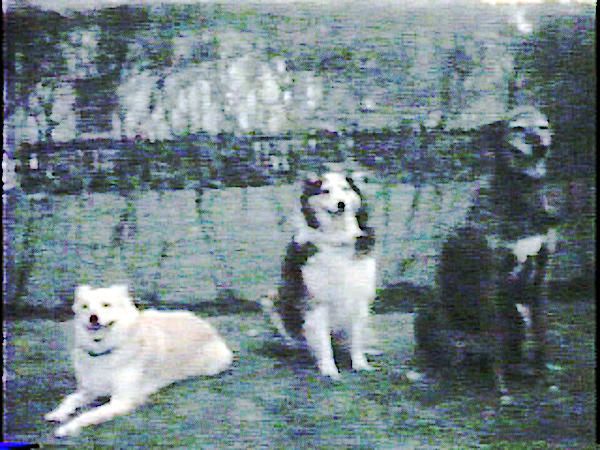Know when to walk away....
-
....know when to run! As mentioned by a member previously on this forum, running stimulates the dog to chase and follow. It is useful in police work where you want the dog to chase and hopefully bring down a subject. Malinois and GSD's are typically the breeds of choice for this activity. I don't see a lot of sight hounds in police work, although they are very quick and definitely like to chase moving objects. The thing of it is, they aren't normally aggressive with humans. Wouldn't know what to do with the subject once they caught him.
But there is another reason for running that some might find useful. It can work very nicely to sharpen up a recall. With a dog that doesn't like to be left alone, running away after you summon the dog can help in changing a lackadaisical recall into a speedy one. I have used this technique with Basenjis and other non aggressive breeds, including a Greyhound. But you do have to know your breed and your dog, and it could produce an unwanted result with some dogs, which is why caution is advised until you see what kind of response you get.
It's also a neat way to put a "Border Collie" drop on recall on an otherwise not so responsive dog. Run away calling your dog, and when he is close spin around and drop him. (obviously he must already know the command). I've managed to get an otherwise lazy dog to really hit the ground by doing this. But we are far away from what you are likely to be doing with the average Basenji unless you are into obedience.
The more you know your dog the better you can put training tips to good use. I've never attended a clinic where I didn't learn something, even if it was what not to do! And I like to listen to experienced people. Often you will find a little gem of an idea that happens to be just the thing to get that little extra in your relationship with your dog. The trick is to separate good advice from advice that might not be appropriate for your dog or your breed.
Some of my trainees, back in the day....

-
@eeeefarm Good points. My own experience... When I went to Medfly (Karen's) to look at Basenjis I had my wife and son with me. Karen would bring out a dog and I would size them up. Would they look at me, would the come up to me, acknowledge me, kiss me, etc. I was looking for aggression.
When she brought Jengo out the second time, I loved what I was seeing, so I asked my son (maybe 9 at the time) to run across the yard. I wanted to see if Jengo would run, show aggression... didn't actually know.
Jengo ran with him, but never chased, jumped or nipped. EXACTLY what I was looking for. They ended up at a chain link fence with their backs to me looking at a horse in a pasture. I placed my hand on Jengo's back right up against his tail ready to recoil fast. He glanced back and went back to the horse. That's the second I knew I was screwed. I didn't want a Basenji, but this one was perfect. The rest is history.
Most of the time if I run with mine in the backyard, they just look at me like "What are you doing, Monkey?" They sit there. I've just not had to deal with a chasing issue. Except for squirrels, goats, and dogs. Mostly squirrels.
I miss my Aussie/Border Collie mix.
-
Let's also consider that when you chase your dog, the dog thinks it's a game and will run away from you. Like... "you can't catch me!" Man, Basenji's can bolt! On the other hand, when you are the one running away, the dog instinctively joins you because you are part of the dog's family/pack. This is not to be confused with a learned command to chase an assailant, in Police work, for example. That would be a totally different game of chase.
